What is a MIDI controller? How do they work? What can you do with them? If you have ever asked yourself any of these questions, then this article is for you! In this comprehensive guide, we will answer all of your questions and give you some helpful tips on how to use MIDI controllers. So, whether you are a beginner just starting out, or an experienced musician looking for new ways to expand your musical horizons, read on!
What Is a MIDI Controller and how do they work?
A MIDI controller is a device that enables you to control the sounds and musical instruments. It’s an acronym for Musical Instrument Digital Interface, which means it can connect with any type of digital audio equipment from anywhere in your house. MIDI controllers are the best way to control anything from a single sound to all of your instruments. They come in many different shapes and sizes, some having only one button while others have hundreds.
Once connected, the MIDI controller can be used to control just about anything that can be controlled with MIDI. This includes synthesizers, drum machines, samplers, effects processors, and more. In addition to physical instruments, MIDI controllers can be used to play software-based instruments, which are known as virtual instruments.
All MIDI controllers vary in size and shape. Some are very simple and only have a few buttons, while others are much more complex and have dozens of different controls. The MIDI controller you need differs based on its intended purpose. If you only need a few simple controls, then a basic MIDI controller will suffice. However, if you need more advanced controls, then you will need a more complex MIDI controller. [1]
No matter what your needs are, there is sure to be a MIDI controller that is perfect for you!
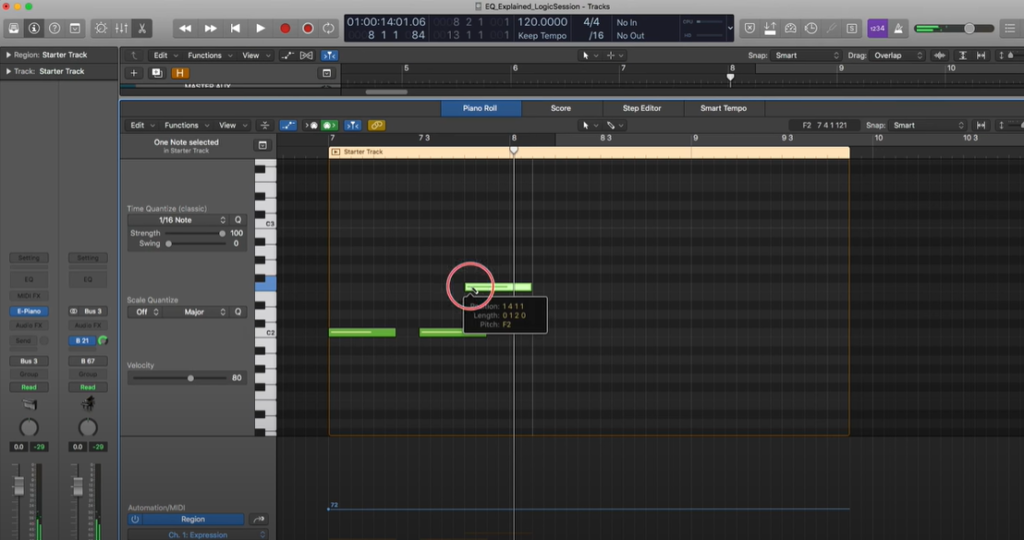
Why do I need a MIDI controller keyboard?
If you’re reading this, chances are you’re a musician, producer, or composer who is interested in using MIDI controllers to create music. But what exactly is a MIDI controller keyboard? To put it simply, a MIDI controller keyboard sends musical information to your computer or other devices, allowing you to control the sound.
Think of it this way: If a keyboard is an input device for playing notes, then a MIDI controller keyboard is an input device for playing and controlling anything that can be controlled by MIDI. This includes sound modules, virtual instruments, and effects processors.
MIDI controllers are available in various sizes, from small one-octave units to standard 88-key controllers. And while they all have the same basic functionality, there are some important differences to consider when choosing a MIDI controller keyboard that’s right for you. [2]
Different types of MIDI controllers
There are numerous types of MIDI controllers available on the market, each with its own specific purpose and function. The three most popular categories of MIDI controllers are keyboard controllers, drum pads, and wind controllers.
MIDI keyboard controllers come in all shapes and sizes, making them one of the most versatile types of controller. The keys on a keyboard controller can be velocity-sensitive, meaning they will play louder or softer sounds depending on how hard they are struck. Some keyboard controllers also have pitch and mod wheels, which can be used to add expression to your playing.
Wind controllers are MIDI controllers that are designed to be played with your breath. Wind controllers often have keys or buttons that can be used to select different sounds, and they usually have a mouthpiece that you blow into. [3]
Auxiliary controllers
MIDI controllers come with a variety of different features, from the most basic type to full-sized keyboards. One popular option for musicians is an auxiliary controller that can also be used in your music production workflow and provide additional control over certain aspects while you work on other tasks like chords or drums hits.
Here are some of the most common auxiliary controllers:
- Drum pads: While these are commonly used to create drum sounds, they can also be employed to trigger other types of audio samples or clips.
- Faders: Used to control the levels of individual tracks or groups of tracks.
- Buttons: Used for a variety of functions, such as starting and stopping playback, record, or to trigger specific sounds or samples.
- Encoders: Rotary knob controllers can help you control different sound settings, like volume, panning, and effects.
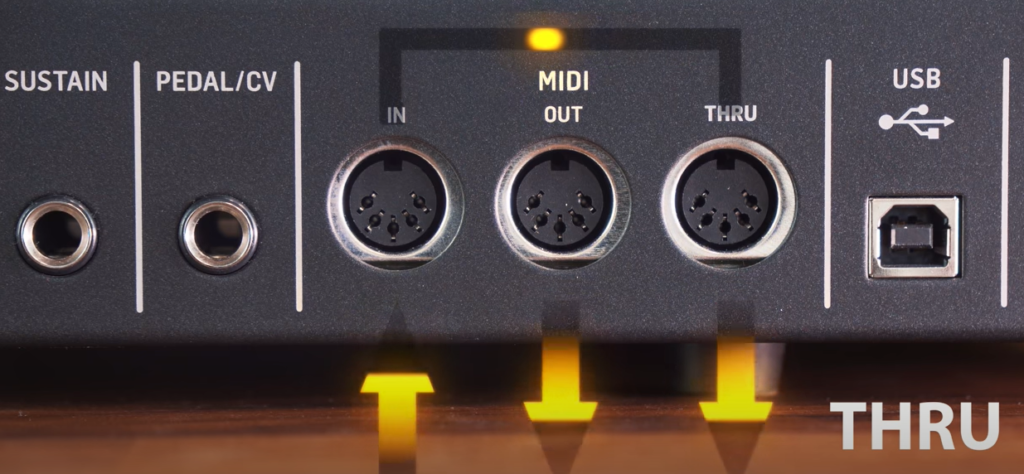
Control surfaces
The range of MIDI controllers is as diverse and multifaceted as the people who use them. Some are tiny, with just a few assignable controls while others offer dozens or more options for customization. The size and features of a controller will be determined by its intended purpose. For example, a basic keyboard controller might have just a few extra buttons for controlling the transport (play/stop/record), while a more sophisticated model might have pitch and mod wheels, aftertouch, and other performance-related controls. On the other hand, a control surface designed for use with digital audio workstations (DAWs) will typically have a much larger number of buttons, faders, and knobs, as well as displays for feedback and navigation. The number of knobs, faders, and buttons on a controller is often referred to as the “count.” For example, a controller with 8 knobs, 24 buttons, and 2 faders would be an “8-24-2” controller. Control surfaces can be standalone units or they can be integrated into another device, such as a keyboard controller or DJ mixer. There are two main types of control surfaces: those that use physical controls (knobs, faders, buttons, etc.) and those that use a touchscreen interface. Physical control surfaces have the advantage of being more intuitive and hands-on, while touchscreen surfaces can be more customizable and offer greater flexibility in terms of the types of controls that can be implemented. Some control surfaces also include built-in audio interfaces, which can be a convenient way to add inputs and outputs to a computer without having to use a separate audio interface. When shopping for a control surface, it’s important to consider the type of controls that are available as well as the number and type of connections. [4]
Specialized real-time controllers
Computers running music software generally require some form of user input in order to create or manipulate sounds. The most common input devices are keyboards and mice, but increasingly popular alternatives include drum pads and touch screens. These specialized controllers usually take the form of a MIDI controller, which is a physical device that sends MIDI messages to a computer (or other electronic musical instrument) in order to control it. You can find MIDI controllers that fit any number of needs, from streamlined one-octave keypads to complete 88-key weighted keyboards. Some controllers have a few knobs and buttons, while others have hundreds of controls. The type of controller you need depends on the music software you’re using and the type of music you want to make.

Mastering MIDI: What Is a MIDI Controller?
Explore the world of MIDI controllers and discover the different types, common uses, and notable brands in this comparison table.
| Types of MIDI Controllers | Common Uses | Notable Brands |
|---|---|---|
| Keyboard Controllers | Music production, live performance | Akai, Novation, Roland |
| Pad Controllers | Beat production, drum programming | Native Instruments, Arturia, Akai |
| DJ Controllers | DJing, remixing, mixing | Pioneer DJ, Numark, Denon DJ |
| Control Surfaces | Recording, mixing, editing | Mackie, Behringer, PreSonus |
| Wind Controllers | Expressive performance, virtual instruments | Yamaha, Roland, Akai |
Explanation of the Table:
- Types of MIDI Controllers: Describes various categories of MIDI controllers.
- Common Uses: Lists the typical applications of each type of MIDI controller.
- Notable Brands: Highlights well-known manufacturers in the MIDI controller industry.
MIDI controllers are essential tools in modern music production and performance. Here are some key categories:
Keyboard Controllers: These controllers mimic the layout of a piano keyboard and are widely used for music production and live performances.
Pad Controllers: Ideal for beat production and drum programming, pad controllers offer a tactile way to create rhythm and trigger samples.
DJ Controllers: Designed for DJs, these controllers facilitate mixing, remixing, and live performance with DJ software.
Control Surfaces: These controllers are tailored for recording, mixing, and editing in digital audio workstations (DAWs).
Wind Controllers: Wind controllers enable expressive performances and are often used with virtual instruments.
Notable brands in the MIDI controller market offer a wide range of options to suit the needs of musicians, producers, and DJs.
FAQ
What is a MIDI controller used for?
MIDI controllers are devices that allow you to control sound parameters such as volume, pitch, and timbre on a variety of electronic devices. These controllers come in many different shapes and sizes, from simple one-octave keyboards to large, complex units with hundreds of buttons, pads, and faders. MIDI controllers can be used to control any type of MIDI-compatible device, such as synthesizers, sound modules, samplers, drum machines, and computers. MIDI controllers typically send out MIDI messages via a USB or MIDI cable, which are then received by the device you’re trying to control. These messages can be used to trigger sounds, select presets, or adjust parameters. There are many different types of MIDI controllers on the market, so it’s important to choose one that suits your needs. If you’re a beginner, you might want to start with a simple unit like the Akai MPK Mini.
What is the difference between a MIDI controller and a keyboard?
A MIDI controller is a device that allows you to control music software, usually by pressing buttons, turning knobs, or playing keys. A keyboard is an input device that consists of a row of keys that you press to play notes. Both devices can be used to control music software, but a MIDI controller typically gives you more control over the software than a keyboard does.
Do I need a MIDI controller?
This is a common question asked by many people who are looking to get into music production or live performance. You don’t necessarily need a proofreader, but having one can make things much more convenient for you. MIDI controllers come in all shapes and sizes, from simple keypads to all-in-one units that include everything from drum pads to faders and knobs. In general, the more features a MIDI controller has, the more expensive it will be.

So, what exactly is a MIDI controller? A MIDI controller is an input device that allows you to control music software by sending MIDI messages. MIDI is short for Musical Instrument Digital Interface and refers to a protocol that connects electronic musical instruments and computers. MIDI messages can be used to control just about anything in your music software, from virtual instruments to effects and even recording parameters. Most MIDI controllers will have some form of keyboard, as this is the most common way of inputting notes into a computer. However, there are also MIDI controllers that don’t have keyboards, such as drum pads and wind controllers. There are two main types of MIDI controller: hardware and software. Hardware MIDI controllers are physical devices that connect to your computer via USB or a MIDI interface. They usually come in the form of a keyboard, pad controller, or a combination of both. Most hardware MIDI controllers will also have some type of control surface, such as faders and knobs, that can be used to control different parameters in your music software. Software MIDI controllers are virtual devices that are controlled by your mouse and keyboard. They usually take the form of a plugin or standalone application that you can use within your music software. While they don’t offer the same level of control as a hardware MIDI controller, they are often much more affordable and can be a good option if you’re on a budget. You might be wondering if you need a MIDI controller now that you know what one is. The truth is, it depends on what you want to use it for. If you want to get more creative with your beats and melodies, then a MIDI controller can come in handy. However, if you’re looking to get more into music production or live performance, then a MIDI controller can be a valuable tool. There’s a MIDI controller out there for everyone, whether you’re looking for something simple like only a keypad or want an all-in-one unit that has drum pads, faders, and knobs. In general, the more features a MIDI controller has, the more expensive it will be.
Can a keyboard also be a MIDI controller?
Yes, most MIDI keyboards also function as a MIDI controller. This means that they can be used to control other devices and software, in addition to functioning as a traditional keyboard instrument. MIDI controllers typically have a variety of controls and pads that can be assigned to various parameters. Depending on the model, there will be different amounts and types of controls.
Why do you need MIDI?
MIDI is a standard protocol that allows electronic musical instruments, such as keyboards and synthesizers, to communicate with computers. MIDI controllers are devices that can be used to create and control sound, usually in the form of music. There are many different types of MIDI controllers, ranging from simple keyboards to complex multi-controller setups. MIDI controllers are the most basic way to control your music – production equipment. They come in all shapes and sizes, allowing you full command over every aspect of playback from notes on an instrument or drum beats catered towards whatever style is needed for any given song. The most common type of musical instrument that can be controlled with a MIDI controller is the keyboard. There are also pad-, wind- and guitar-controllers available, each having their own specific application in music production but all providing excellent control over your synthesizers or drum machines while playing live on them too. They allow you to control sound and create music in a wide variety of ways. If you’re just getting started in the world of electronic music, a MIDI controller is a great place to start.
Should I buy a keyboard or MIDI?
If you’re a beginner, the simple answer is that you should buy both. A keyboard will give you a great foundation in learning how to play piano, and a MIDI controller will open up a world of sonic possibilities. With the help of a MIDI controller, you can control any sound from either your computer or an external device. You may also find that by using one as well they are able to record performances and trigger pre-recorded sequences making this perfect for more experienced players. This is because you can use it to control any number of different sounds, either from a computer or from an external sound module. You can also use a MIDI controller to record your performance, or to trigger pre-recorded sequences.
How do I know if my keyboard is MIDI?
MIDI controllers come in all shapes and sizes, but most of them will have a few key characteristics that you can look for to identify them. First, MIDI controllers typically have a lot of buttons, knobs, and sliders on them – more so than a traditional keyboard or synthesizer. This is because they are designed to send a wide variety of control signals to other MIDI-enabled devices. Another way to tell if a keyboard is a MIDI controller is to look for the MIDI logo, which is a small circle with crossed arrows inside of it. This logo indicates that the device is capable of sending and receiving MIDI data. Finally, MIDI controllers will often have a USB port on them, which allows them to be connected to a computer. This is another key distinguishing feature of MIDI controllers. If you’re still not sure whether or not your keyboard is a MIDI controller, the best way to find out is to consult the manual or contact the manufacturer.
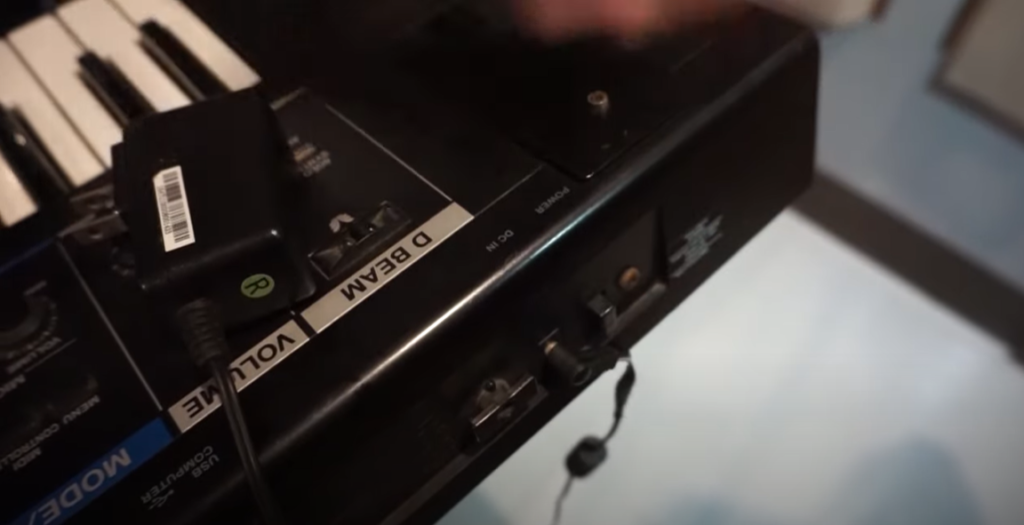
Do you need a computer for a MIDI keyboard?
A MIDI keyboard does not need to be used with a computer. You can use a MIDI keyboard with any device that has a MIDI input, such as a synthesizer or sound module. Connecting your MIDI keyboard to the computer will allow you to use it as an input device for controlling software. You can purchase a keyboard that has built-in MIDI capabilities or connect your own through an interface.
How do I turn my keyboard into a MIDI controller?
This is one of the most common questions we get about MIDI controllers. The answer is actually quite simple: all you need is a MIDI interface! If you want to use your keyboard as an instrument, then it needs a MIDI interface. This will allow the connection between computer and gear so that they can work together in harmony.
MIDI interfaces come in all shapes and sizes, so you’ll need to find one that works best for you. Once you have your MIDI interface, simply connect it to your keyboard and your computer, and you’re ready to go!If you’re looking for a more in-depth look at MIDI controllers, be sure to check out our comprehensive guide below.
What are the main types of MIDI controllers available?
MIDI controllers come in various forms, including keyboard controllers, pad controllers, knob and fader controllers, drum controllers, and even wind controllers. Each type is designed to control specific aspects of music production and performance.
Can a MIDI controller work with software synthesizers and virtual instruments?
Yes, MIDI controllers are often used to interact with software synthesizers and virtual instruments on a computer. They allow you to play, manipulate, and control digital sounds and effects in music production software.
How do MIDI controllers connect to computers or other devices?
MIDI controllers can connect to computers, synthesizers, and other MIDI-capable devices using USB, MIDI cables (MIDI In/Out/Thru), or wireless Bluetooth connections. The choice of connection method depends on the controller’s design and the compatibility of the devices.
Are there standalone MIDI controllers, or do they always require a computer or external device?
Some MIDI controllers are designed to work standalone, while others require a computer or external device to function fully. Standalone controllers often have built-in sounds and can be used without additional equipment.
What are the advantages of using a MIDI controller in music production?
MIDI controllers offer several advantages in music production, including real-time control over software instruments, expressive playing with velocity and aftertouch, automation of parameters, and the ability to create dynamic and nuanced performances.
Can MIDI controllers be used for live performances in addition to studio work?
Yes, many musicians use MIDI controllers for live performances. They provide a hands-on interface for triggering sounds, effects, and loops, making it easier to create engaging and dynamic live shows.
What types of music genres and applications benefit from MIDI controllers?
MIDI controllers are versatile and can be used in various music genres and applications, including electronic music production, live DJ performances, orchestral composition, sound design, and more.
Are MIDI controllers compatible with a wide range of music production software?
Most MIDI controllers are compatible with popular music production software, including Digital Audio Workstations (DAWs) like Ableton Live, Logic Pro, and FL Studio. They often use the MIDI protocol, which is a standardized language for communication between devices and software.
Useful Video: MIDI Controller Basics for Electronic Music Beginners
Conclusion
MIDI controllers offer a versatile and affordable way to control your music software. By understanding the basics of how they work, you can easily find the right controller for your needs. With so many different models available on the market, there is sure to be a MIDI controller that is perfect for you. Thanks for reading!
References:
- https://hiphopmakers.com/what-is-a-midi-controller
- https://routenote.com/blog/how-do-midi-controllers-work/
- https://higherhz.com/what-is-midi-controller-keyboard/
- https://en.wikipedia.org/wiki/MIDI_controller


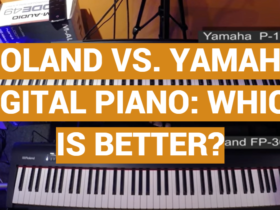

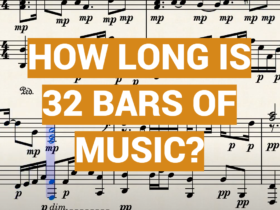
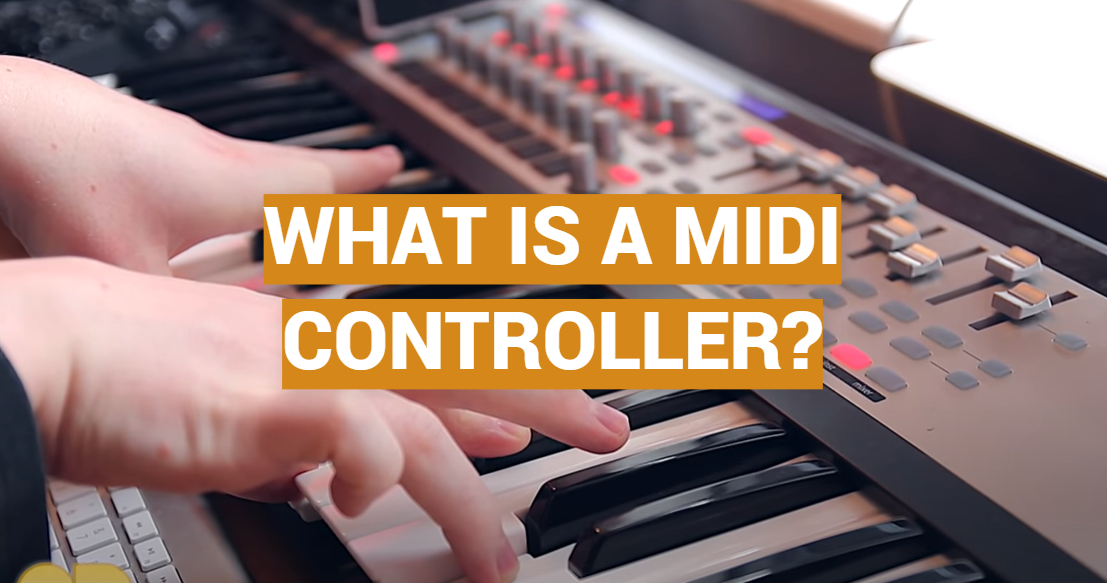




Leave a Reply